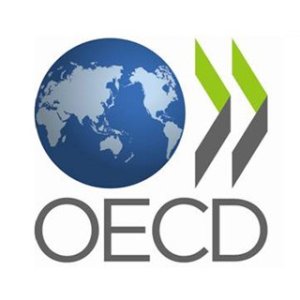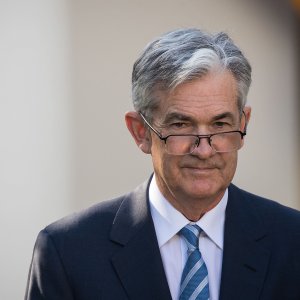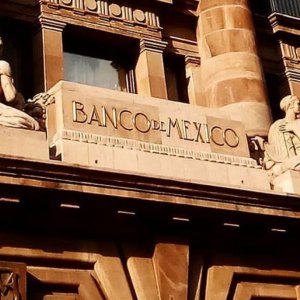Why Investors Remain Hesitant in Latam and Why They Shouldn’t Be

STORY INLINE POST
As we are fundraising Fund II for IGNIA, I had to make, as all VC’s do, a visit to the Bay Area and other major cities to see all the LPs (Limited Partners) and family offices that might be interested in investing with us and in our investment thesis in the region. Fundraising is no easy task, as many of my VC colleagues can attest. To entrepreneurs, A VC may seem like the guy who just puts his thumb up or down to your pitch but a big part of the job is about being on the road constantly, creating and revisiting relationships to improve the decision-making process of existing and potential investors in our funds (LPs). That is truly the most grueling part of being a VC.
First of all, you need to have a killer pitch deck that demonstrates that you already have a successful portfolio with real metrics, not only proving that you can create returns but also that you have distributed them. Returns are important but distributions prove that your business model is for real. The pitch also needs to show that you have an almost supernatural understanding of the market where you are investing, together with a radar for detecting the best up-and-coming entrepreneur leaders, and that you are able to work with them to deliver the next unicorns, at least.
We at IGNIA have that. After 15 years partnering with outstanding entrepreneurs, we have built an amazing portfolio that delivers relevant returns, including unicorns and exits. Also, we have all the data that demonstrates that the Latin American market has great demographics that have shown a huge resilience among startups, and that will continue to grow significantly in the years to come.
As the Latin American snapshot from LACVA, in its Mid-Year 2022 Industry Data and Analysis report, states: “Private capital activity in Latin America showed signs of resilience amidst rising risks from inflation, increased volatility and global geopolitical turmoil. Capital deployed in Latin America in 1H 2022 reached USD15.9b across 636 transactions, exceeding full-year investment totals from prior to the pandemic. Despite a slower pace of late-stage transactions, VC is having its second strongest year on record, with USD5.4b deployed across 541 deals in 1H 2022. Seed and early-stage investment have remained strong, recording 113% and 48% YTD growth, respectively, when compared to capital invested in 1H 2021.”
As an experienced VC, I know a huge part of our job is to educate people from other markets about ours. However, I did find it interesting, not to say surprising, to realize in many of our conversations with investors in these meetings that they were more exposed to Asian markets (thousands of miles away) than to Latin America (300 miles south of where they actually live). In many ways, Mexico and Latin America are less understood than China and India, despite having a shared border and profound cultural ties.
As we are having these conversations, we are immediately directed to the Emerging Markets team. Great, I know we are an emerging market, no doubt, and it’s amazing that finally we are being considered for investment.
But to my surprise, I found that usually the person overseeing the emerging markets operation is someone with expertise in Asian and Indian markets. They are great professionals and most of them are really nice people who are willing to listen to yet another pitch. But, as I spoke to them, I already knew that this person just felt way more comfortable investing in a market where they know the language, where they know the economy and where they can make more educated choices as to where to put their money, and that would probably be somewhere in Asia. I get that, I’d probably do the same.
“The proportion of LPs seeking exposure to VC in emerging markets has nearly doubled since 2014, with China and India seen as the most desirable destinations. Fintech, B2B, and health lead all other tech sectors of interest for LPs as VC activity and investors’ attention expands beyond consumer internet plays,” states the 2020 Global Limited Partners Survey by EMPEA.
Yet, as a VC, that also works directly with founders. I am always talking with them about the value of a diverse team. How, without diversity, you fail to see other potential markets, other customers, cater to new audiences. But I find that in many cases, there is no geographic diversity in the emerging markets teams for LPs of family offices, so this makes it doubly difficult to explain where we come from, how we work, where the Latin American market stands, and to translate its scope and opportunity.
I know that as Latin Americans we need to stand up more for ourselves. In the last few years, we have not just shown resilience but true growth capability. Plus, in many areas we are a market ready for digitalization, but that is not enough. We need to be tougher and have tougher political and educational strategies that favor entrepreneurship and innovation. I read that US Ambassador Ken Salazar stated that there are 13,000 Mexican students in US schools and universities, versus a staggering 350,000 Chinese students. Of course, as they spill into the labor market, they are prepared to take over all the Emerging Market operations of any financial institution, and of course they will feel more at home investing in Asian markets. These are just facts and numbers that explain the hurdles for Latin American GPs willing to start new relationships with US Investors.
I know that our northern neighbors are starting to understand the huge potential of the Latin American VC ecosystem and will start investing actively in the best managers in the region. Not only is every fundamental indicator pointing in that direction but other Asian markets are becoming more complicated or more mature, increasing the appeal of early stage investing in the Latin American market. We will welcome them indeed.
























